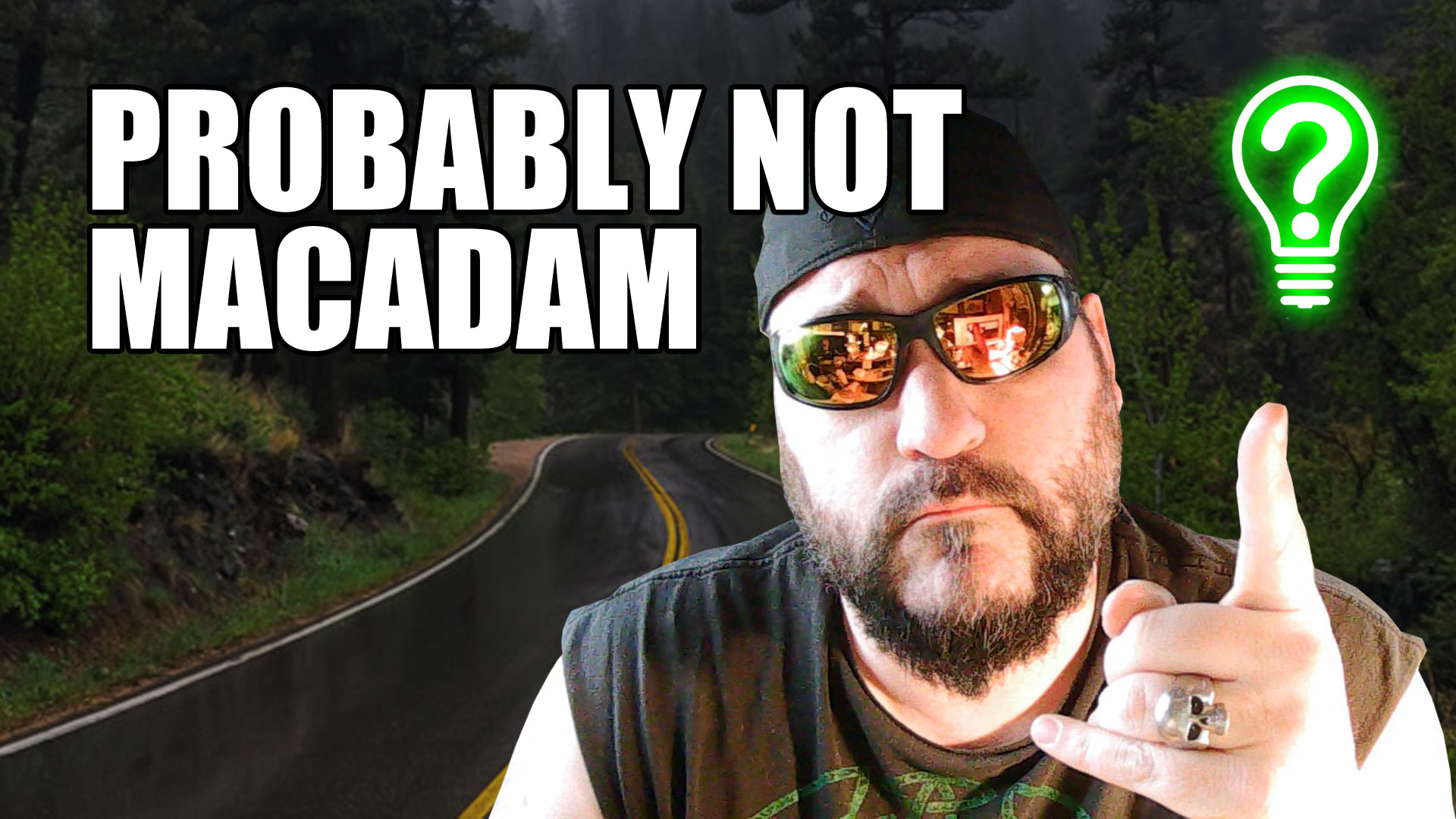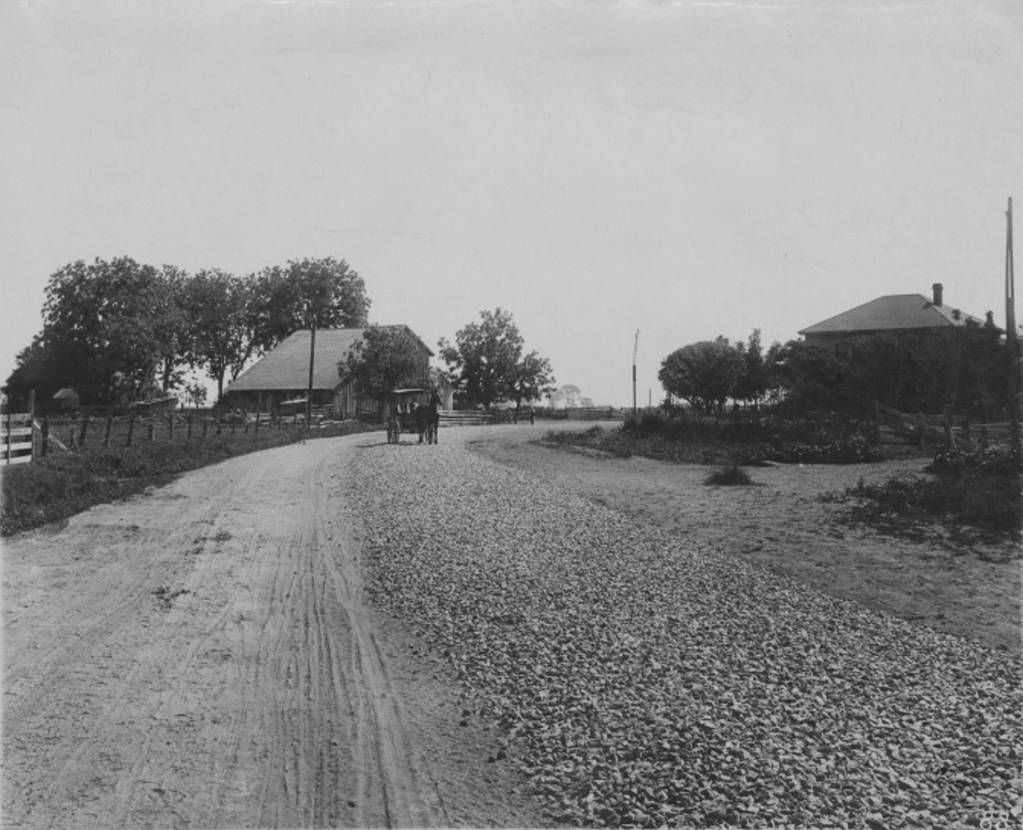
Probably Not Macadam – Learn Stuff
If you are from certain parts of Pennsylvania, you may have heard someone refer to a road surface as “macadam” – but it’s probably not. Roads aren’t built like this anymore, and even tarmacs are not constructed in this manner. Yeah, that’s where the world “tarMAC” comes from. Macadam roads were never paved and the name has been applied to design improvements since. The story goes back to the early 1800’s and involves a guy from Scotland. Let’s go.
When I was a kid, my dad referred to any asphalt or “blacktop” road as “macadam”, so I was under the impression that all of those words were interchangeable. It didn’t occur to me initially, but I came to realize that “macadam” was originally “McAdam” – named after its inventor.
John Loudon McAdam was born in Scotland all the way back in 1756, before Americans were a thing. This man was all about building roads, and did a lot of work in Bristol. The method which he pioneered was developed around 1820 when the heaviest traffic was caused by horse-drawn wagons.

But first…
Roads were pretty terrible since the end of the Roman Empire. Serious improvements didn’t come along until the mid-18th century from a French guy named Pierre-Marie-Jérôme Trésaguet. I am not even going to pretend I know how to pronounce that correctly. It may seem obvious today, but some of his innovations included contouring the road surface so water would run off to the side. Trésaguet built his road foundations below-grade so the surface would be level with the surroundings. As you can imagine, this didn’t work out so well for drainage.
About fifty years later, another Scotsman named Thomas Telford took things a step further. He “paved” his road surface with gravel and built above-grade to improve drainage. This was considered a genius move because it didn’t take much in those days.
Now back to McAdam. His building strategy was different in several important ways. Instead of using a massive rock foundation, he built layers in which the stones got progressively smaller. Each layer was contoured, instead of just the surface, and the rise to center was only three inches. I guess he figured out that water doesn’t need a lot of help flowing downhill.
Apparently this was a new idea, but McAdam heavily compacted his roads before traffic was introduced. That’s what we do with modern steamrollers today. The surface layer was a mix of rock dust and small aggregate stone, which formed a relatively smooth surface that also drained well.
McAdam came to the U.S. and started building roads all over the place. The first one was between Hagerstown and Boonsboro, Maryland. Because this method of construction worked so well, it wasn’t long before there were macadam roads across the country.
This is a photo of a macadam road from the 1850’s in California. As you can see, we don’t drive on anything like this today.

From this point on, improvements in road design were made by other people, but the name “macadam” stuck. Automobiles were around by 1900, and the compacted stone roads were taking a beating. Not to mention the huge amount of dust that kicked up from the surface.
The solution to this was a precursor to what we now call asphalt. The macadam road surface was mixed with tar to create a smooth and dust-free driving surface called tar-bound macadam, or tarmacadam (or tarmac). Modern asphalt finally came around in the 1920’s.

This is about as close as you are going to get to an actual macadam road in modern times. The image was taken in Huntingdon County, PA in 2009. Notice that it is not what we would consider “paved”. Sorry Dad.
































 GO PA!
GO PA! Learn Stuff
Learn Stuff Video
Video shop.kellyplanet.com
shop.kellyplanet.com


 Contact erickelly
Contact erickelly

Leave a Reply
You must be logged in to post a comment.